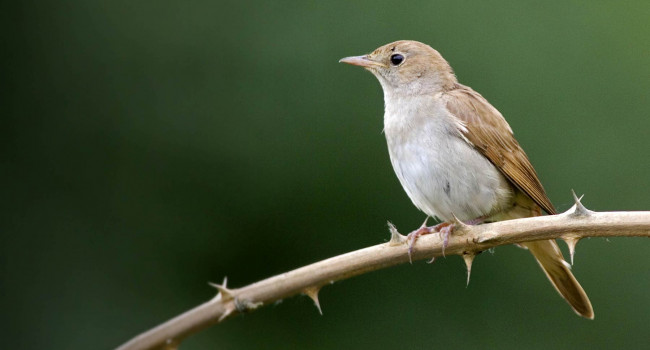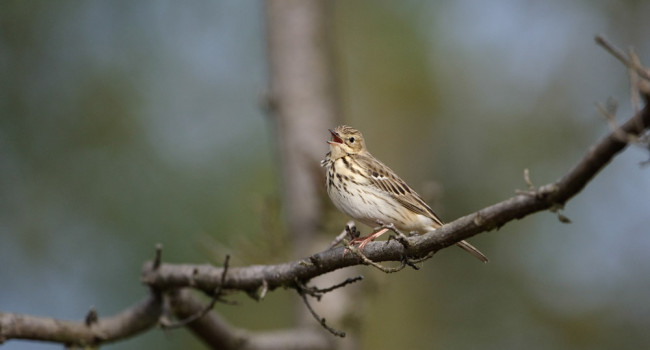Quantifying nutrient inputs by gulls to a fluctuating lake, aided by movement ecology methods
Author(s): Martín‐Vélez, V., Sánchez, M.I., Shamoun‐Baranes, J. Thaxter, C.B., Stienen, E.W.M., Camphuysen, C.J. & Green, A.J.
Published: August 2019 Pages: 12pp
Journal: Freshwater Biology
Digital Identifier No. (DOI): 10.1111/fwb.13374
Abstract
Eutrophication of aquatic ecosystems is a global problem with major ecological and economic impacts. In many lakes and reservoirs, guanotrophication occurs when roosting waterbirds import nutrients (nitrogen and phosphorus) from surrounding terrestrial habitats. To date, nutrient loading by waterbirds has been estimated based on censuses in the absence of detailed information on their movements. We quantified nutrient importation by the lesser black‐backed gull (Larus fuscus) to Fuente de Piedra (1,350 ha) in Andalusia (south‐west Spain), where an average of 36,288 individuals are counted in January.
During seven winters from 2010 to 2017, we used movement data from 20 individual gulls tagged with Global Positioning System trackers that foraged in four landfills. Together with monthly bird counts and measurements of total N and P content in faeces and pellet samples, movement data were used to quantify the total external loading effect for different winters. Movement data allowed us to quantify the proportion of time spent in the lake and the time spent at different foraging sites and enabled correction of censuses.
According to tracking data, on average 69% of the birds had already left the lake to head for feeding sites when waterbird counts were carried out. Nutrient inputs to the lake depend partly on the proportion of the day that gulls spend there, which was higher in late winters and was reduced when lake depth went below or above 20–35 cm. An estimated average of 10.17 kg N ha−1 year−1 and 2.07 kg P ha−1 year−1 were imported to this closed‐basin lake by gulls each winter, with highest values recorded in winter 2016–2017.
Gull guano is the most important winter source of nutrients to the lake. Regurgitated pellets have been ignored as a source of nutrients in other guanotrophy studies, but we found them to be a more important source of P than faeces. A movement ecology approach complements traditional censuses and facilitates the study of guanotrophication in multiple ways, including identification of sources of nutrients, correction of censuses, and measuring time spent at roost sites.







Share this page